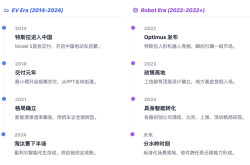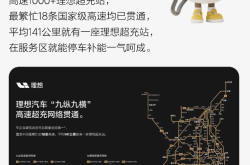How the Jiangsu Super League Sparked Public Interest in 5G-A
![]() 07/11 2025
07/11 2025
![]() 668
668
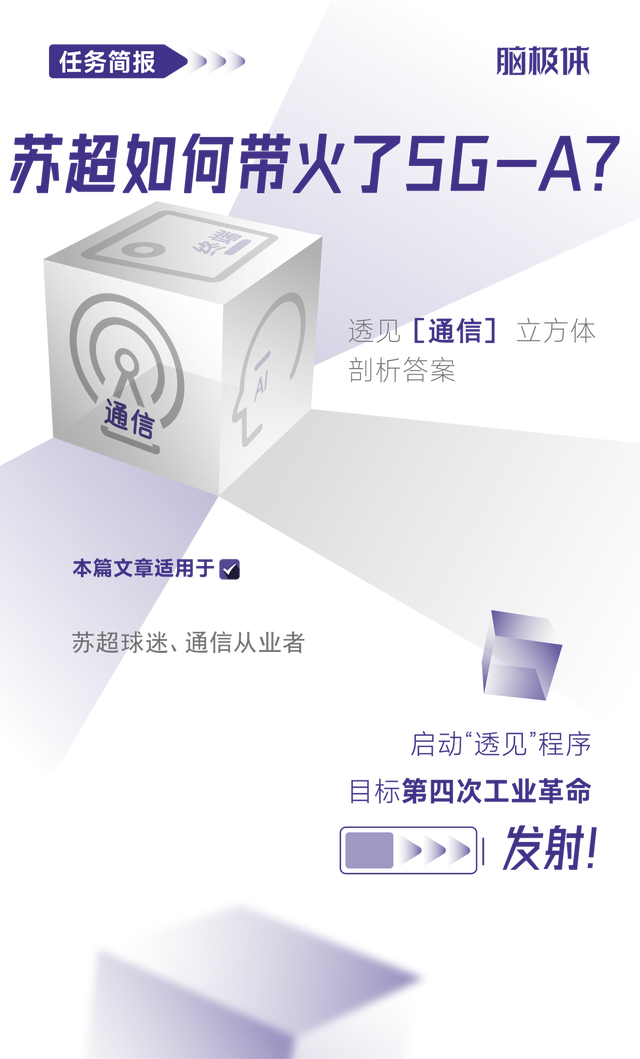
Who could have predicted that an amateur football league with tickets priced at just 10 yuan would be completely sold out, consistently breaking attendance records?
On the evening of July 5, 2025, at the Nanjing Olympic Sports Center, the Jiangsu Super League (hereinafter referred to as "Jiangsu Super") witnessed a thrilling match between the Nanjing team and the Suzhou team. The electronic big screen's digital display froze at 60,396 spectators, setting a new attendance record for amateur football events in China.
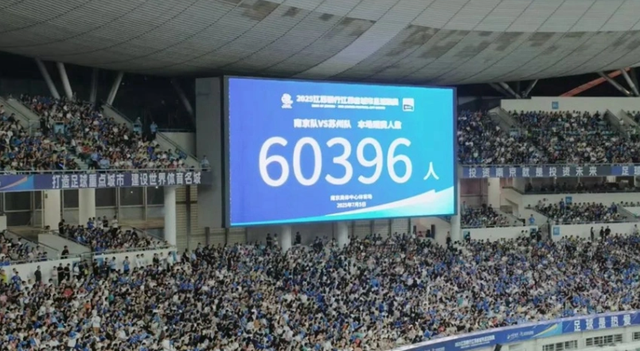
Since the league's inception, numerous viral memes have emerged: the intense rivalry between Nanjing and Suzhou has led to direct cultural tourism interactions between the two cities, while the Changzhou team, nicknamed "Dragon City" and yet to score a goal, has been affectionately teased by netizens as "Zero with a Dragon." The meme "SuF=Football" following Nantong's winning streak even caught the attention of the traffic police...
Amidst these viral memes, a unique piece of black technology has also gained widespread popularity—5G-A.
During the league, the 5G-A networks of Jiangsu Telecom and Jiangsu Mobile covered 13 major stadiums across various cities, with Jiangsu Telecom customizing exclusive logos for 600 fans. Many fans purchased 5G-A packages, showcasing their VIP logos on social media platforms, sharing live videos and match updates from the scene, fully immersing themselves in the experience with a strong sense of identity and participation.
So, why did the Jiangsu Super League need 5G-A? And why has this football league brought 5G-A into the public eye?

At large sporting events, one of the most common refrains might be, "The network is lagging, and I can't send the video I just took."
With short video live streams and real-time interactions becoming the norm for watching matches today, fans demand a high-definition, lag-free viewing experience alongside the ability to share videos, engage with memes, and participate in discussions at any time. However, traditional networks struggle to meet these demands.
When tens of thousands of spectators flood into the stadium and turn on their phones to access the internet, a large number of users share limited network resources. In densely populated areas, connection difficulties, slower internet speeds, and image loading lags become common occurrences. For the Jiangsu Super League, the peak rate and capacity of 5G networks are insufficient to meet everyone's high-speed internet needs. Additionally, the mobile network struggles to cover every area, with high network loads in densely populated areas such as entrances, exits, and restrooms. Without targeted optimization, signal congestion and disconnections are likely to occur.


While watching short videos and receiving messages rely on downlink capabilities, the Jiangsu Super League presents different demands. Media outlets need to instantly upload high-definition materials for breaking news, sports influencers require live streaming from the scene, and fans want to share match updates with those who couldn't attend. All these activities require stronger uplink capabilities. Traditional mobile networks often feature fast downlink speeds but slower uplink speeds. If the downlink speed is 1 Gbps, the uplink speed might only be 100 Mbps, resulting in an uplink-to-downlink ratio of 1:10. Insufficient uplink efficiency not only diminishes the sense of participation among on-site spectators but also limits the secondary dissemination of events on social media.
As the number of spectators surges, ensuring security at the Jiangsu Super League becomes increasingly challenging. Unauthorized drones may interfere with the event and pose a threat to public safety. However, traditional control methods such as radar detection and radio interference often have issues like coverage blind spots, lagged responses, and high false alarm rates, making it difficult to achieve efficient and precise real-time monitoring.
Faced with the demands of high-density crowds, upload anxiety, and event security, the Jiangsu Super League is calling for faster, stronger, and smarter wireless networks.

Amidst these complex network challenges, 5G-A's technical characteristics of large bandwidth, strong uplink, low latency, and integrated communication and sensing make it possible to meet the critical demands of "zero-lag live streaming," "real-time video sharing," and "real-time environmental monitoring" on-site.
5G-A boasts a larger connection capacity, supporting millions of device connections per square kilometer. This means that even when tens of thousands of people connect to the network simultaneously in a stadium, each device can still receive stable service quality, avoiding congestion and disconnections. The information and communication industry in Jiangsu Province has conducted 5G-A network coverage construction for 19 large and medium-sized stadiums hosting Jiangsu Super League events across the province, deploying a total of 346 5G-A network sectors, achieving seamless 5G-A signal coverage in all venues. From every seat in the stands to areas like stadium corridors and ticket gates, high-speed and stable 5G-A signals cover every corner of the scene.

Compared to 5G, 5G-A has also achieved orders of magnitude improvement in terms of speed, latency, and downlink capabilities. Actual test data shows that the downlink peak rate of the 5G-A network in the Nantong vs. Suqian venue of the Jiangsu Super League can reach over 1.1 Gbps, with an uplink peak rate exceeding 240 Mbps, supporting tens of thousands of fans streaming 4K videos simultaneously and uploading 8K videos to the cloud in seconds. High-definition goal videos taken by fans can be shared in seconds, media journalists can instantly upload captured materials, and sports bloggers can live stream with zero latency on-site. According to statistics, under the guarantee of the 5G-A network, fans completed over 240,000 live stream likes and nearly 6,000 real-time comments during a single match of the Jiangsu Super League, with tens of thousands of people accessing the internet in real-time becoming the new normal for the league.
Regarding security, 5G-A's integrated communication and sensing technology can not only transmit data but also perceive the surrounding environment like a radar, providing second-level early warning and countermeasures against "illegal flights." The 5G-A "integrated communication and sensing" base station deployed by Yancheng Mobile scans the stadium and the surrounding airspace within a 3-kilometer radius using communication signals, accurately identifying the location, speed, and trajectory of low-altitude targets such as drones, and achieving automatic detection, location, and early warning for "illegal flights." When an unauthorized drone enters the controlled area, the system will immediately alarm, allowing security personnel to respond promptly.
5G-A met the network demands of the Jiangsu Super League venue, and in turn, the league further ignited interest in 5G-A. Why has this technological concept broken through the circle alongside intense sports events?

In 2024, 5G-A gradually covered more than 300 cities, entering the stage of large-scale commercial use and appearing at large events such as concerts and sports competitions. Many live streamers, business professionals, and mobile game enthusiasts have enjoyed the smooth experience brought by exclusive 5G-A service packages. The Jiangsu Super League, in turn, has further increased the popularity of 5G-A.
The maturity and stability of 5G-A technology form the foundation for this breakthrough. In response to the instantaneous surge in upload demand during matches, operators have collaborated with Huawei to dynamically optimize the uplink resource allocation ratio, increasing the maximum upload rate by 52% compared to 5G, effectively ensuring network stability and fluency on-site.
The strong interactive demands of the Jiangsu Super League have directly activated users' willingness to pay for 5G-A. Since the league's inception, continuously refreshed attendance records and heated discussions on social media about amateur players, regional memes, and city rivalries have showcased the event's immense popularity. On-site fans are no longer satisfied with passive viewing but pursue immersive experiences such as multi-angle live streaming, real-time data interaction, and browsing sports forums while watching matches. The 5G-A packages precisely address these interactive demands, allowing users to intuitively feel the value brought by technological upgrades.
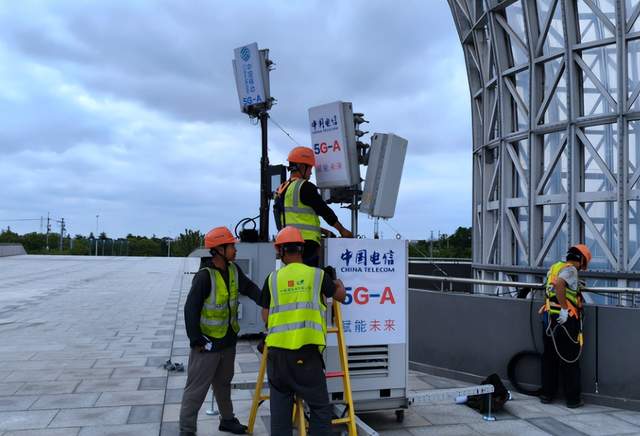
The rapid satisfaction of the urgent demand for network upgrades among spectators is also inseparable from the proactive actions of various operators in Jiangsu. Jiangsu Telecom innovatively launched a 5G-A support package, allowing fans to experience 5G-A high-speed network services for free by scanning a QR code. After connecting to 5G-A, users see the logo "Telecom: Rivalry for Top Spot" displayed in the top-left corner of their phone screens. Suqian Mobile's "UELogo Cheers for Jiangsu Super" service automatically switches the status bar of fans' phones to the exclusive logo "China Mobile Super Hot Jiangsu Super" upon entering the Olympic Sports Center. These subtle and meticulous designs further enhance fans' sense of participation. Operators quickly reach target users through event live streams, fan interactions, and other activities, converting enthusiasm for watching matches into consumption momentum for 5G-A.
It can be said that while the Jiangsu Super League igniting interest in 5G-A may seem accidental, it is actually a natural and inevitable outcome. In the era of social media dominance, real-time sharing of photos, videos, and live streams has almost become a rigid demand. 5G-A, with its characteristics of strong uplink and low latency, meets the demand for real-time sharing of match updates. At the same time, the integrated communication and sensing technology enables base stations to accurately detect, identify, and track low-altitude targets such as drones like radars, ensuring event security.
Technology ultimately serves humans. The new demands for watching matches coincided with the strengths of 5G-A, sparking unexpected sparks. As digital and intelligent applications and scenarios continue to emerge, 5G-A will unlock more and more scenario demands, becoming increasingly popular.


